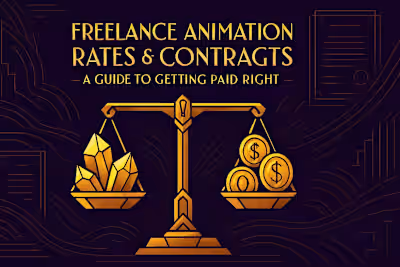Marketing Your Freelance Web Design Business: Strategies for Success

Marketing Your Freelance Web Design Business: Strategies for Success
Building Your Online Presence
Creating a Professional Website/Portfolio
Search Engine Optimization (SEO) for Your Own Site
Leveraging Social Media (LinkedIn, Instagram, etc.)
Content Marketing Strategies
Blogging About Web Design Trends and Tips
Creating Case Studies of Successful Projects
Developing Lead Magnets (e.g., Free Guides, Checklists)
Networking and Outreach
Tapping Into Your Existing Network
Attending Industry Events and Meetups (Online and Offline)
Cold Outreach (When Done Right)
Building Relationships with Other Freelancers or Agencies
Client Relationship Management for Referrals and Repeat Business
Delivering Excellent Work and Exceeding Expectations
Asking for Testimonials and Referrals
Staying in Touch with Past Clients
Paid Advertising (Optional)
Targeted Ad Campaigns
Consistency is Key in Marketing
References
Marketing Your Freelance Web Design Business: Strategies for Success
Building Your Online Presence
Creating a Professional Website/Portfolio
Search Engine Optimization (SEO) for Your Own Site
Leveraging Social Media (LinkedIn, Instagram, etc.)
Content Marketing Strategies
Blogging About Web Design Trends and Tips
Creating Case Studies of Successful Projects
Developing Lead Magnets (e.g., Free Guides, Checklists)
Networking and Outreach
Tapping Into Your Existing Network
Attending Industry Events and Meetups (Online and Offline)
Cold Outreach (When Done Right)
Building Relationships with Other Freelancers or Agencies
Client Relationship Management for Referrals and Repeat Business
Delivering Excellent Work and Exceeding Expectations
Asking for Testimonials and Referrals
Staying in Touch with Past Clients
Paid Advertising (Optional)
Targeted Ad Campaigns
Consistency is Key in Marketing
References
Posted Jun 12, 2025
Discover effective marketing strategies to grow your freelance web design business. Learn how to find clients, build your brand, and stand out from the competition.










